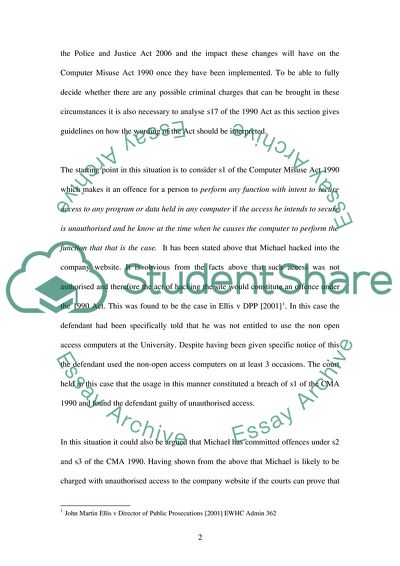Cite this document
(Government Police and Justice Act 2006 Assignment, n.d.)
Government Police and Justice Act 2006 Assignment. https://studentshare.org/law/1715177-coursework-about-computers-and-the-law
Government Police and Justice Act 2006 Assignment. https://studentshare.org/law/1715177-coursework-about-computers-and-the-law
(Government Police and Justice Act 2006 Assignment)
Government Police and Justice Act 2006 Assignment. https://studentshare.org/law/1715177-coursework-about-computers-and-the-law.
Government Police and Justice Act 2006 Assignment. https://studentshare.org/law/1715177-coursework-about-computers-and-the-law.
“Government Police and Justice Act 2006 Assignment”. https://studentshare.org/law/1715177-coursework-about-computers-and-the-law.


